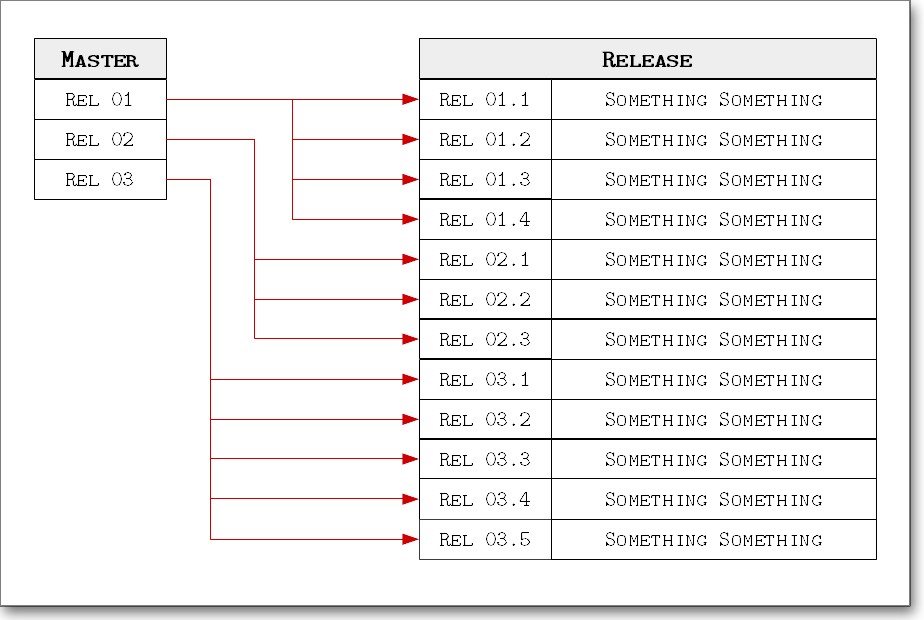Hi,
I’m using Airtable for the first time for a project release.
I have one master table with a record for each release versions, and separate tables for each individual release. I have a bunch of records in each release table, and each record has a single select field with either To Do, Doing or Done.
For each record on the master table, I want to have a field which calculates the percentage of how many records are marked as Done. Is this possible?
Thanks


